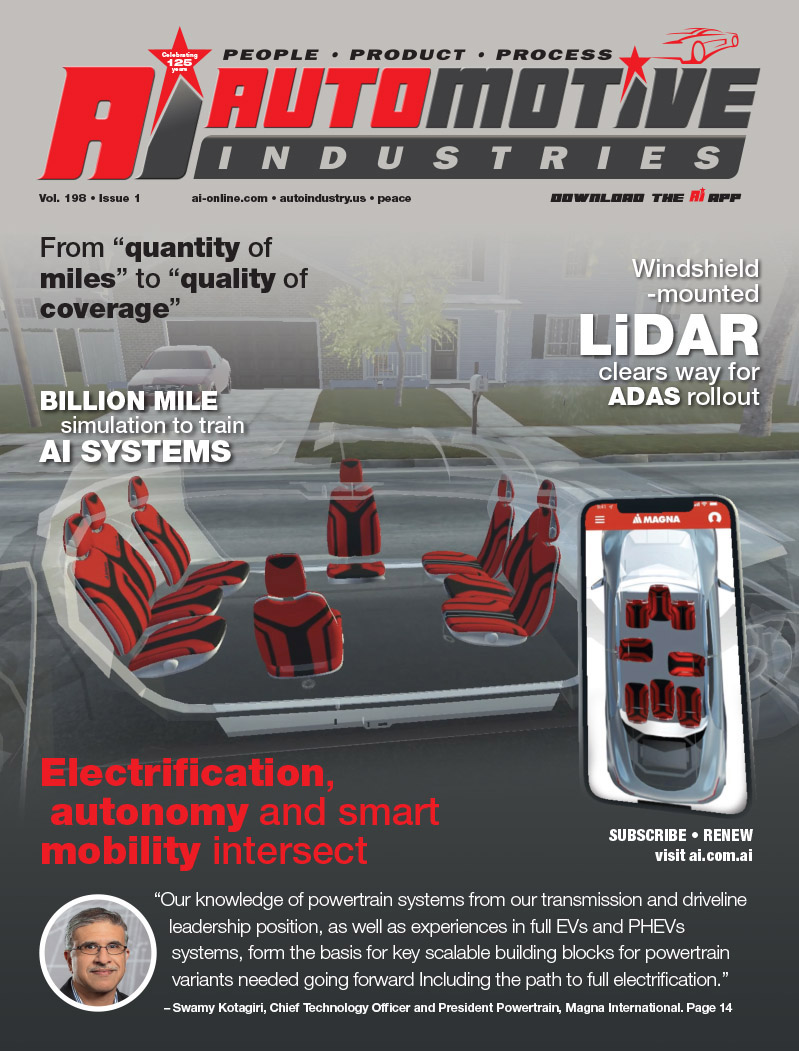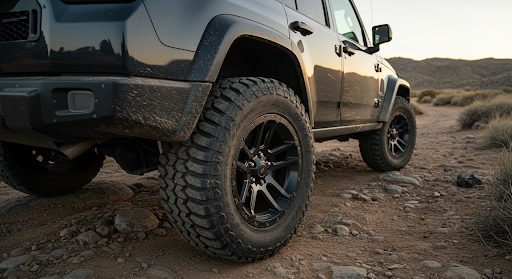
Laird, a leading provider of telematics systems and sophisticated antennas to the U.S. and German auto manufacturers, as well as many in Asia, is adding its expertise to the 5G Automotive Association (5GAA).
Leading telecommunications firms, automotive companies and components suppliers have come together through the 5GAA to help develop mobile communications standards for vehicles to connect into the Internet of Things (IoT ). Industry experts predict that by 2020 there will be 250 million connected cars and trucks on the road worldwide, and by 2025, all new vehicles will be part of the Internet of Things (IoT).
“The prospects of 5G are already of enormous importance to the automotive and tech industries,” said Steve Brown, president of Laird’s Connected Vehicle Solutions Division in a company statement. “5GAA will make a crucial contribution to the development of 5G standards, and Laird will contribute its expertise to the development of powerful 5G reception systems enabling the next generation of mobile connectivity for future vehicles.”
Automotive Industries (AI) spoke to Steve Brown and Guido Dornbusch, Vice President of Product Management.
AI: What role does Laird play in the connected car ecosphere?
Brown: Laird is an industry leader in the development of key technologies in vehicle connectivity, and is currently the only Tier 1 supplier that focusses on combining antenna design with the development of vehicle-communication devices. We bring connectivity into the vehicle, as well as enabling the car to connect to the infrastructure around it. We are also experts in the integration of consumer devices into the car. We want to provide the best driving experience possible where cars seamlessly network with the driver, other vehicles, mobile devices, the Internet and the world around it.
AI: Why do we need 5G?
Brown: 5G mobile connectivity will enable increased data volumes, allow more devices to be connected, significantly
reduce latency, and allow new levels of connected reliability to be achieved. 5G will also support mission-critical communications for safer driving, vehicle-to-everything communications, and connected mobility solutions.
AI: What are the challenges?
Brown: By increasing the spectrum for 5G from the current 6GHz up to 100GHz, the transmission power of non-directional antennas is reduced. This means that signals can only be received over short distances. However, this distance can be increased by means of targeted alignment of the antenna. This would mean that devices would have to be equipped with a number of antennas, so that the antenna aligned with a given transmitter could always be used. Road-side units must also be equipped with directional antennas in order to transmit the data to driving vehicles. These antennas have to be able to tolerate all types of environments.
AI: How will Laird’s expertise in antenna technology address 5G?
Dornbusch: Laird experience in the field of antenna technology and telematics provides a valuable impetus that is indispensable for developing
the best possible reception systems for cars. Laird’s smart antenna delivers the solution needed for 5G functionality. The main challenge is the integration of mobile technology to high-performance antenna systems. Today, signals from an antenna on the roof of a vehicle are transmitted by means of cable connections to the on-board electronics, which are often located in the driver’s cockpit.
When the transmission spectrum is increased to 6GHz and later to 100 GHz, however, degradation in the cables running between the antenna and the electronics leads to great losses. The electronics and signal processing must therefore be brought closer to the antenna – either directly under the roof or in the antenna itself. Here it would be exposed to severe environmental conditions. But, high temperatures under the roof as well as in the antenna affect the electronics. Laird is integrating the electronics and high performance antennas to work seamlessly together under all environmental conditions. AI: What is the status of the 5G standards?
Dornbusch: Preparations for the introduction of 5G are currently running at high speed across the industry. Requirements for the new mobile standard were set, and now step-by-step definition and implementation start. This will involve several development levels – so-called releases. The standardization of the first 5G (release 15) is expected to be ready for fall 2018, and is mainly intended to establish the new 5G radio interface (New Radio NR). In the second release, planned for 2020, the integration of higher frequency ranges is planned.
Laird experts are working actively on developing the 5G standards for automotive use cases in two directions: first at the definition of the standards themselves; second, testing performances and feasibility. With 5G integration it is expected that vehicles will in the future be able to use machine-type communication (MTC) to interact with other smart devices. Cars will then communicate not only with each other, but also with other vehicles like bicycles – or even with infrastructures like parking systems. This factor is crucial for Laird Product Roadmap introducing new type of products, such as a 5G C-V2X Smart Antenna System.
AI: What are some examples of Laird’s current technology solutions for the vehicle industry?
Dornbusch: Laird supplies Tier 1 automotive OEMs, truck OEMs, construction equipment OEMs, agriculture equipment OEMs, and fleet management companies. Laird is the largest supplier of telematics antennas to the Detroit Three U.S. auto manufacturers and also supplies many German and Chinese automobile manufacturers.
We work on advanced connectivity products based on the latest cellular standard R14, and these will provide an upgrade path to the coming 5G standard. R14 will introduce Cellular V2X as one major feature, beside ever-increasing data rates and other improvements. The product family will connect the vehicle for services and share the high speed internet connection with the infotainment system and passenger smart devices.
Currently in North America our experts are leading the industry with our smart antenna with integrated dedicated short range communication (DSRC / V2X) – cars that speak to each other in order to avoid collisions and improve safety on all roads. Another of our innovative solutions is our smart device integration system. Mobile devices can be charged quickly and conveniently inside a vehicle without cables. Combined with antenna coupling our technology also improves the reception to the same level as you would get outside of your car.
5G will enable all types of innovative applications that will make our daily life connected like never before!









More Stories
Towing Services Explained: 6 Key Facts You Need to Know
Environmental Factors That Influence Ceramic Coating Choices
Professional vs. DIY Tinting: What You Should Know